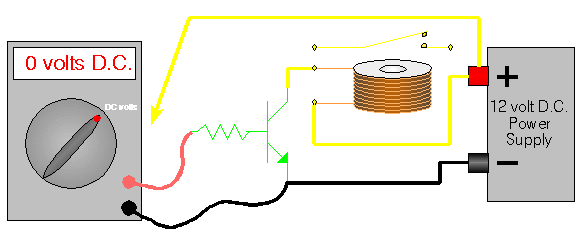Please 'Boom' Responsibly As most of you have noticed, the noise ordinances have become much tougher lately. Most of this is due to idiots, yes IDIOTS, who drive through residential areas with their windows down while their system is playing at full power. To make things worse, the music they listen to has all sorts of foul language that's not suitable for small children, (who may be playing outside). There are even a few people, who are even beyond idiot status, that play their systems at full power through residential areas after 10:00 PM (when many people go to bed). I don't believe that this type of behavior is good for the industry. If the fines get too stiff, people will stop buying large systems. If this happens, more people will get out of car audio (who wants a mediocre system). People get interested in things because they're exciting. A deck and four 6.5" speakers are not going to interest many of the younger car audio enthusiasts. If car audio enthusiasts keep annoying more and more people, the fines will keep getting tougher. All of this will only reduce interest in the equipment that fuels the industry. If you want to listen to your system at full volume, get out on the highway where there's little chance of bothering anyone. When you get to a red light, turn it down. If the only thing attractive about you is your 'system', you have some work to do. Bottom line... Think about what you're doing. Think about other people. It's not the end of the world if you have to turn the volume down for a little while. |
|


| DESIGN PARAMETERS:
This section will give some, but by no means all critical
parameters. BETA: One
parameter tells you the amount of D.C. gain that the
transistor will give you. It is generally called beta
or hfe. If the transistor's beta
is 150 and the transistor has 2 amps of current flowing
through the collector and emitter, the current flowing
through the base will be 2/150 or .013 amps of current. CURRENT: Another critical spec is the current rating for the transistor. Please note that all given current ratings are for a transistor temperature of 25c or approximately 77 degrees farenheit. The 'safe' current carrying capabilities decrease significantly as the temperature rises. It is standard procedure to use a transistor rated for much higher current than will typically be required. VOLTAGE: In most design situations, the maximum voltage which will be applied to the transistor is very critical. Too much voltage will damage a transistor as quickly as too much current. If you're using it to simply turn on a relay, it is not very critical. There are few transistors which cannot handle at least 15 volts between the emitter and the collector. POWER DISSIPATION: Earlier we talked
about power dissipation as it applies to transistors.
Remember that any time there is a difference of potential
(voltage) between the emitter and collector AND current
flowing through the transistor, there will be power
dissipation. And when you have power dissipation, heat
will be produced. Generally, the power rating for a
transistor is determined by its case style. The picture
below will show you a few case styles. Left to right,
TO-92 case good for approximately .5 watts; TO-220 case,
usually rated for 100-125 watts; TO-218 case, generally
good for 150 watts. They are shown at 4 times actual
size.
On these transistors, the terminals are: TO-92 EBC; TO-220 BCE; TO-218 BCE. B=base C=collector E=emitter |
| If you find a problem
with this page or feel that some part of it needs
clarification, E-mail
me. This is a link to this site's home page. |